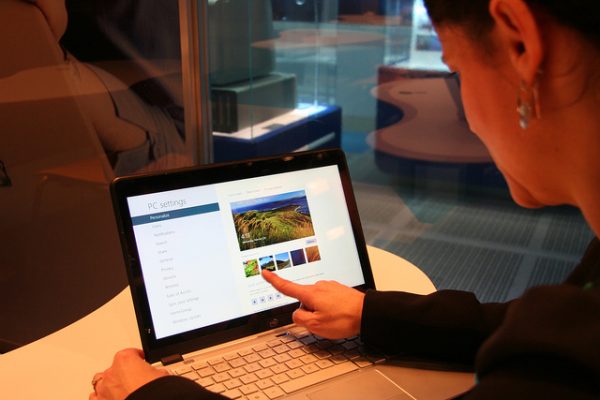Touchscreen Solutions
How Infrared Grid Touchscreen Technology Works
While capacitive and resistive touchscreens continue to dominate the market, newer technologies have emerged in recent years that may change this trend. One such technology is infrared (IR), which uses invisible, radiant energy with a longer wavelength spectrum that visible light. Many touchscreen devices have begun to incorporate IR technology, offering several key benefits to its usability. To learn more about IR touchscreens and how they work, keep reading.
While the exact design varies depending on the manufacturer and type of device, most IR touchscreens consist of an grid-like array of light-emitting diodes (LED), as well as photodetector pairs that are placed around the edges of the display. The purpose of these components is to detect disruption in the LED light beams; thus, pinpointing the exact location where the touch occurred. When a user touches his or her finger to an IR touchscreen display, it breaks the light pattern created by the LEDs.
Going back to the basic construction of an IR touchscreen, these devices have small LEDs running both horizontally and vertically (note: the photodector pairs are placed on the edges of the display, not the center). When you touch an IR touchscreen, you break the grid-like pattern of lights created by those LEDs, at which point the device calculates where the breakage occurred to render a touch.
One of the primary benefits of IR touchscreens is tits ability to detect practically any input. Whether you are using a bare finger, stylus, pen, gloved finger, it should accurately work with little effort. This makes it a particularly attractive choice in certain industries like healthcare where workers are often wearing gloves. Retail stores also use them so they do not rely on a conductor (e.g. bare finger). As long as something touches the display, it will break the light pattern of the LEDs to render a touch.
There are some disadvantages to IR touchscreens, however, including its sensitivity to dust, dirt and other elements. If these elements fall on the display, it may trigger a touch, even if there’s no actual touch being made. This is why it’s important to keep your IR touchscreen clean and free of debris. Hopefully, this will give you a better understanding of IR touchscreens and how they work.

